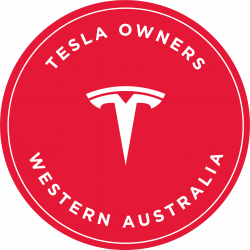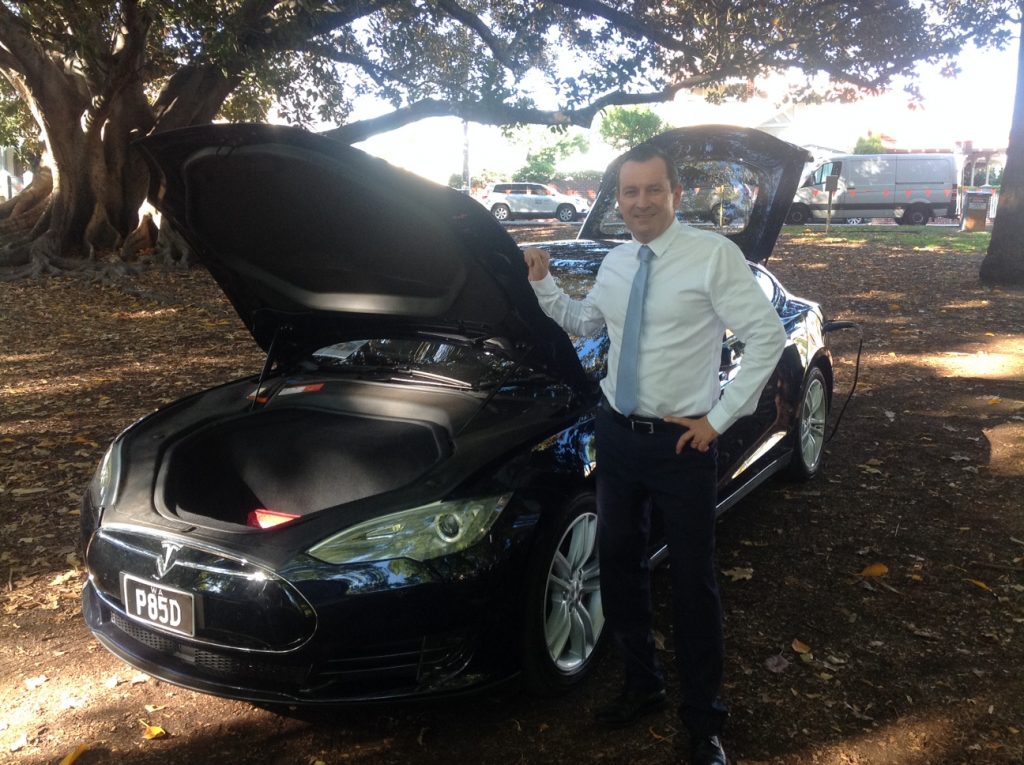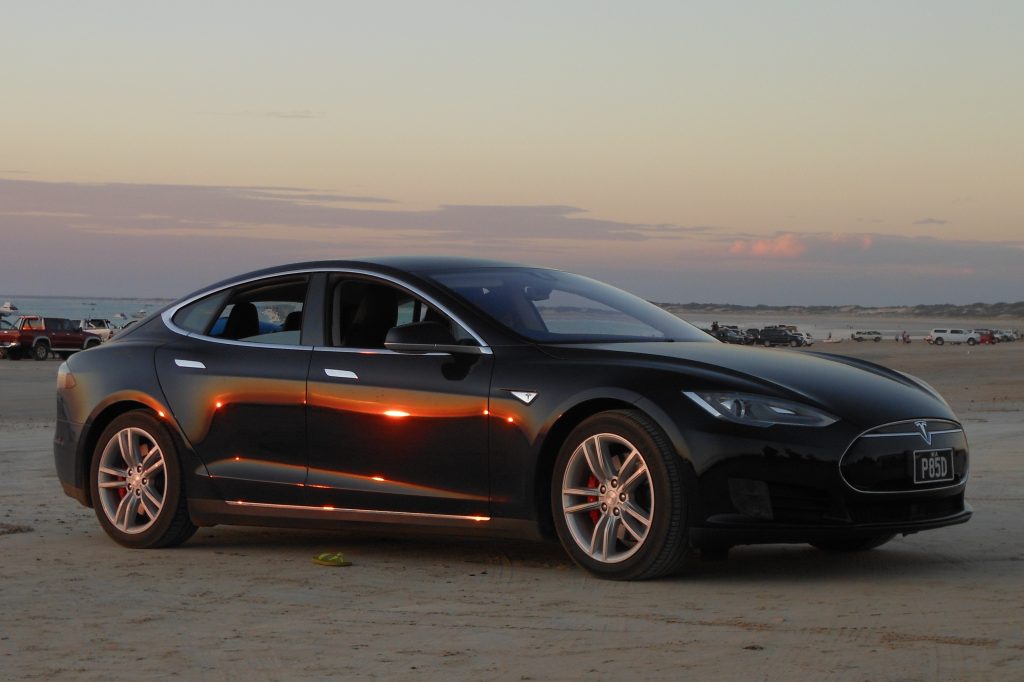One of the best ways to progress electric vehicle charging is through local government, especially in regional areas, shires and councils are always looking to promote their green credentials but more so will listen intently when it’s pointed out that EVs can boost regional tourism.
So what is the best type of charging for shires and councils to install? Read on to get some ideas.
DC charging – obviously it would be preferable to have as many DC fast chargers as possible, it’s also obvious the total install cost makes this extremely difficult unless the charger is donated to the location or there’s a councillor or CEO who’s determined to see EVs progress no matter the cost, this has happened on occasions but is very rare, that’s where AC charging is a good foot in the door.
AC charging – the clear benefit of AC charging is the total installed cost per kW of charging power, to wire in a 3 phase plug would cost $500 at the most, a Tesla HPWC install cost is $1500 at the extreme end of the scale but generally $300 to $700 each, AC charging will provide up to 22kw of charging power to an early Tesla Model S or 11kw to a Model 3. Compared to a 50kw DC charger with a purchase price of $35,000 minimum and install costs between $5000 and $60,000, dependent on the existing electricity infrastructure, you can see the better value of an AC install. The not so known advantage of AC charging is the lack of red tape holding up the install, an electrician will attend the site, make a decision on the the available power supply and if it’s viable the AC charger is installed and operational within a week. DC chargers on the other hand incur a lot of red tape, once every bureaucrat has had their share of the pie the cost and install time frame has become less than reasonable, no doubt when service stations and fast food stores start installing DC chargers the red tape issue will reduce rapidly.
As much as we would all like to see a rapid roll out of DC chargers, promoting AC charging with shires and councils to get the conversation started is the best approach. Very often once a low cost AC charge point is installed and is getting regular use the possibility of a DC charger later in time gets discussed.
Rob Dean













